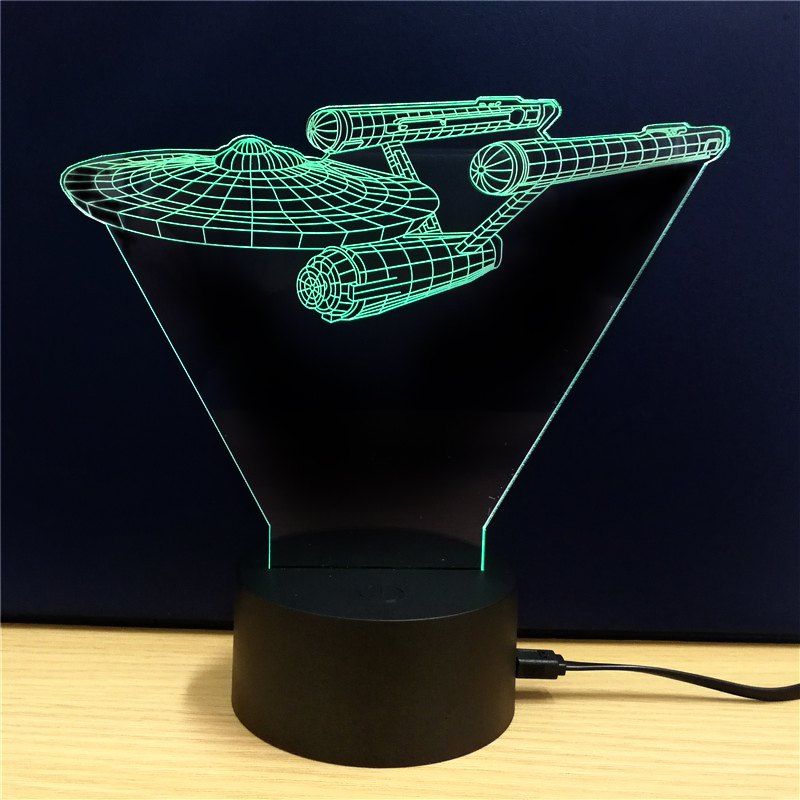
So POV allows you to set up streams of random numbers from a seed number, using the “seed()” function. Otherwise, the randomly placed item will be in a different random place for every new animation frame. In an animation, randomness must be predictable. It will make the rendering go a little faster.īecause Persistence of Vision is an animation tool, it must pay special attention to how randomness is generated.

You may wish to check “Don’t Display” in the “Image & Quality” pane before rendering all 1,080 frames.
M.sparkling 3d clock light full#
When you are satisfied with the full-size single-frame renders and are satisfied with the small test videos, you’re ready to render the full quality frames.

If your music file is in the Music app, you can find it by right-clicking it in the Music app and choosing “Show in Finder”. Once QuickTime Player creates the video, add the music by dragging the music file on top of the video in QuickTime Player. Even at 24 frames per second it requires 1,080. A 45-second video, like this, at 60 frames per second will require 2,700 frames. If you want a smoother video, you can use a higher frame rate-but that will also mean rendering that many more frames. I left the Resolution at Actual Size…, the Encode for at Greater Compatibility (H.264), and changed the frame rate to 24 framers per second. It’ll ask you what size you want the video to be, the frame rate (frames per second), and what devices you want to encode for. QuickTime Player makes it a snap to stitch still frames together into video. You get to POV-Ray’s preferences from the Window menu and the Render Preferences menu item. It will render a lot faster, letting you see the results and make changes that much faster. While playing around with any scene, you’ll probably want to keep the image size small.

To render this as an image, open Persistence of Vision and set the image and quality options. //fifty-fifty chance that a bulb is lit.#local zeroBasedLocation = rand(locationSeed)*rangeWidth-rangeWidth/2.#local flashSeed = seed(flashSeedNumber).#declare flashSeedNumber = int(videoDuration*5*frame_number/final_frame).Scaling a bumpy surface by less than one makes the bumps smaller and more numerous. The most common is probably a bumpy surface, and that’s what I used first, scaled by. Normals are basically roughness on the surface of a shape. I didn’t do anything special to create it, just played around with normals in Persistence of Vision. The background in this scene is a shape like any other: a plane. This video is a rough combination of those two inspirations. I was also inspired by the wonderful artwork in the Charlie Brown Christmas Special. I was inspired by the Christmas tree photo I used in O Little Town of Bethlehem, which is a photo of the Macy’s Christmas tree in San Francisco. It can also list your variables and macros, and it provides easy templates for the various POV shapes and scene elements. The GUI version recognizes the syntax of POV and highlights the keywords just as Textastic does for other scripting languages. At the time of writing, I have not had a single crash, and the scenes render as I expect them to. However, as betas go this has so far been very reliable.

I’m using the 3.8 development version although I’m not sure it matters for this scene the 3.7 version is likely fine also. (And by the way, if you enjoy this kind of toy, Astounding Scripts is currently on sale.)Īnd this time, instead of using the command-line version, I used the GUI version from Yvo Smellenbergh. This Christmas, like last Christmas, the tinker toys are the Persistence of Vision raytracer. It’s time once again to play with tinker toys for Christmas.


 0 kommentar(er)
0 kommentar(er)
